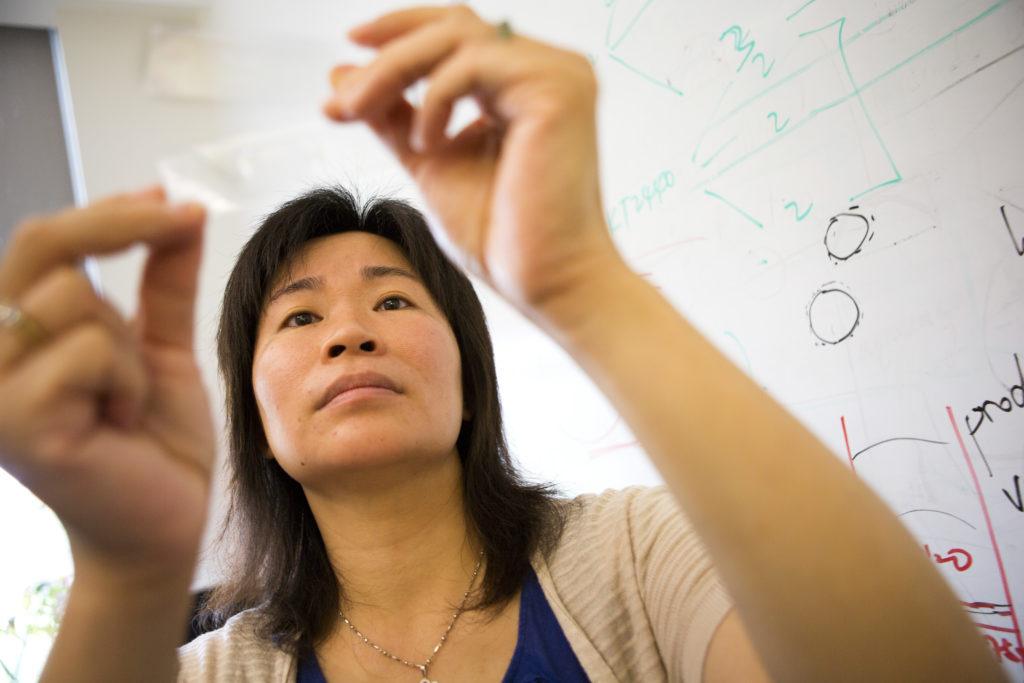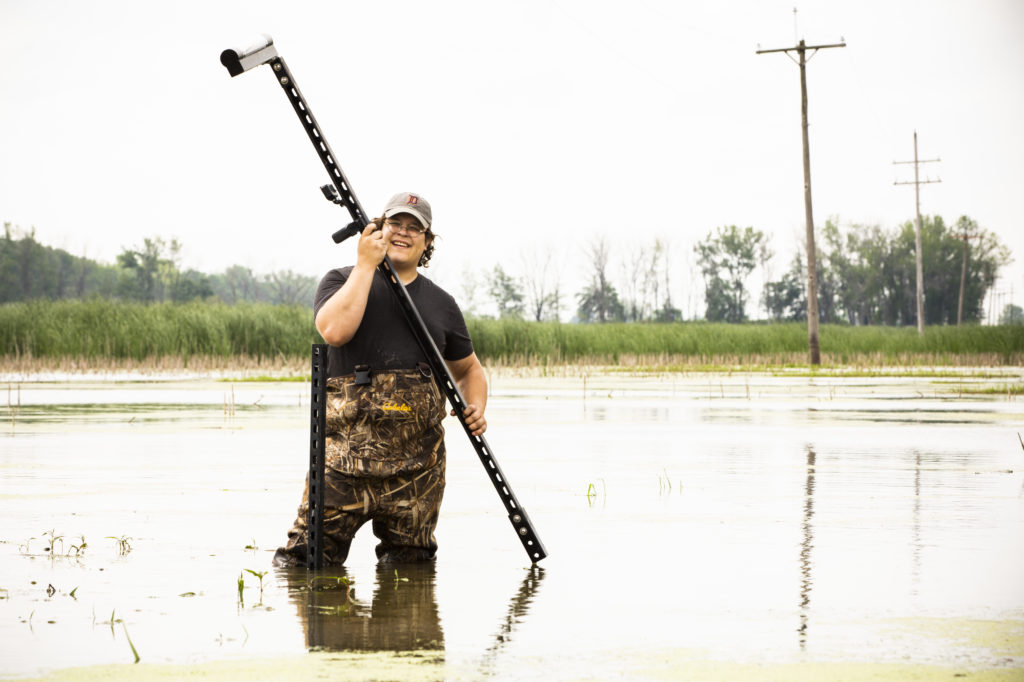
U-Michigan to lead $15M Great Lakes region innovation hub
The NSF effort aims to maximize the benefits of publicly funded research.

The NSF effort aims to maximize the benefits of publicly funded research.
EXPERTS:
In an effort to nurture a regional innovation ecosystem and move more discoveries from the research lab to the real world, the National Science Foundation has established a Great Lakes Innovation Corps Hub that’s led by the University of Michigan and involves 11 universities in eight states.
The $15 million hub is one of five across the country that NSF announced today as it continues to evolve the I-Corps program it launched a decade ago. I-Corps trains scientists and engineers to carry their promising ideas and technologies beyond the university and into the marketplace to benefit society.
U-M’s Center for Entrepreneurship was one of the first nodes to host I-Corps in 2012, and it has served in various leadership capacities over the course of the program. In the Great Lakes Hub, U-M now collaborates with Purdue University, the University of Illinois Urbana-Champaign, the University of Minnesota, the University of Toledo, Iowa State University, Michigan Technological University, Missouri University of Science and Technology, the University of Akron, the University of Chicago, and the University of Wisconsin-Milwaukee.
“The Great Lakes region is home to many of the world’s leading research institutions, and many of our nation’s critical industries. Our goal with this I-Corps hub is to leverage this intellectual depth to create a lasting economic impact on the region,” said Alec D. Gallimore, the Robert J. Vlasic Dean of Engineering, the Richard F. and Eleanor A. Towner Professor, an Arthur F. Thurnau Professor, and a professor of aerospace engineering.
“We’ll do this by creating new businesses, by keeping established companies globally competitive and on the leading edge of technology, and by developing talent that not only has technical and cultural expertise, but also an entrepreneurial mindset.”
Over the past four years, an NSF I-Corps node led by U-M has introduced the entrepreneurial mindset to over 3,000 scientists and engineers across the country and it has helped teams assess the commercial potential of nearly 1,000 technologies.

The new hub has set a goal of training 2,350 teams in the next five years, and sending an additional 220 teams to a more in-depth national NSF I-Corps program.
In this way, I-Corps is helping to fill what Jonathan Fay, executive director of the U-M Center for Entrepreneurship, calls the “widening gap” between the cutting edge research being done at universities and the development work of industry.
“US universities are set up to reward scientific breakthroughs, but not necessarily the hard work of turning that discovery into social or economic impact,” Fay said. “On the industry side, investing in long range R&D is expensive with uncertain payoffs. This has led to a shift in industry away from research and toward development.
“What I-Corps does is fill that gap by changing both the mode of thinking and the social networks of the academic community so we can maximize the benefits of publicly funded research by finding the right place within industry for a new breakthrough to take hold.”
In coastal cities, entrepreneurship and innovation often thrive organically because the sheer number of investors and innovators operating in close proximity lead to an abundance of opportunities to collaborate and pathways for developing research. The Great Lakes hub aims to connect people at a large scale to increase the “effective density” of the Midwest’s innovation ecosystem.

Each university in the hub already has a successful I-Corps program, and the new model will make it easier for them to network and learn from one another. Former teams include: